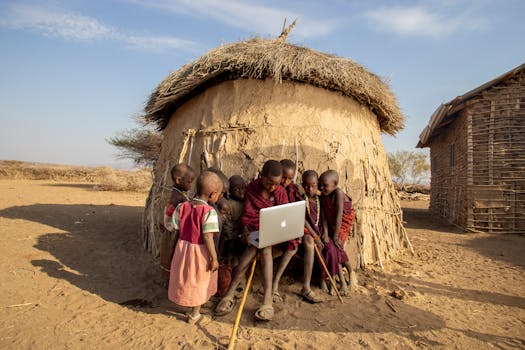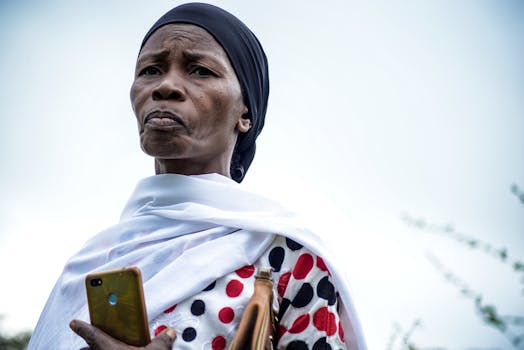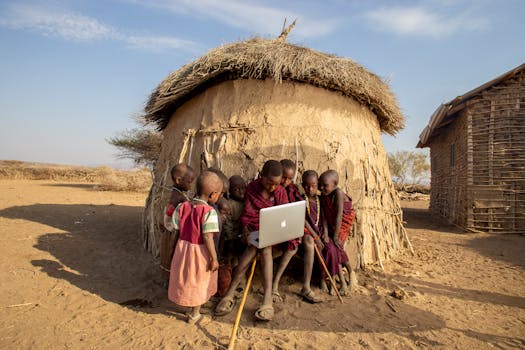
Telecom Innovations in Africa: Pioneering Solutions for Rural Connectivity
Introduction

Telecom Innovations in Africa are revolutionizing the way people connect and access information in rural areas. With the focus on Telecom Innovations in Africa, the continent is witnessing a significant transformation in its telecom sector, driven by pioneering solutions that aim to bridge the digital divide and provide rural communities with access to modern communication services.
Section 1: The State of Rural Connectivity in Africa

Rural areas in Africa face significant challenges in terms of connectivity, with many communities lacking access to basic telecommunication services. According to the International Telecommunication Union (ITU), in 2020, only 22% of rural Africans had access to the internet, compared to 55% of urban Africans. This disparity has severe consequences, limiting access to information, education, and economic opportunities.
However, telecom innovations are changing this narrative. Mobile network operators, governments, and private sector companies are investing heavily in infrastructure development, including the deployment of mobile broadband networks, satellite connectivity, and fiber optic cables.
Section 2: Pioneering Solutions for Rural Connectivity

Several pioneering solutions are being implemented to address the challenge of rural connectivity in Africa. These include:
- Mobile Broadband Networks: Mobile network operators are expanding their 3G and 4G networks to rural areas, providing high-speed internet access to millions of people.
- Satellite Connectivity: Satellite technology is being used to provide internet access to remote and underserved communities, where traditional terrestrial networks are not feasible.
- Community Networks: Community-led initiatives are establishing their own networks, using a combination of wireless and fiber optic technologies to provide affordable and reliable connectivity.
- Mobile Money Services: Mobile money services are revolutionizing financial inclusion in rural Africa, enabling people to access banking services, make payments, and receive remittances using their mobile phones.
Section 3: Impact and Future Prospects

The impact of telecom innovations on rural connectivity in Africa has been significant. According to a report by the GSM Association, the mobile industry has connected over 460 million people in rural Africa to mobile services, and this number is expected to grow to 600 million by 2025.
The future prospects for telecom innovations in Africa are promising, with the potential to drive economic growth, improve healthcare and education, and enhance overall quality of life. As the continent continues to invest in digital infrastructure, we can expect to see even more innovative solutions emerge, addressing the unique challenges faced by rural communities.
Conclusion

In conclusion, telecom innovations are transforming rural connectivity in Africa, providing pioneering solutions to bridge the digital divide and drive economic growth. As the continent continues to evolve, it is essential to prioritize investments in digital infrastructure, ensuring that rural communities have access to the same opportunities and services as their urban counterparts.
See more:





